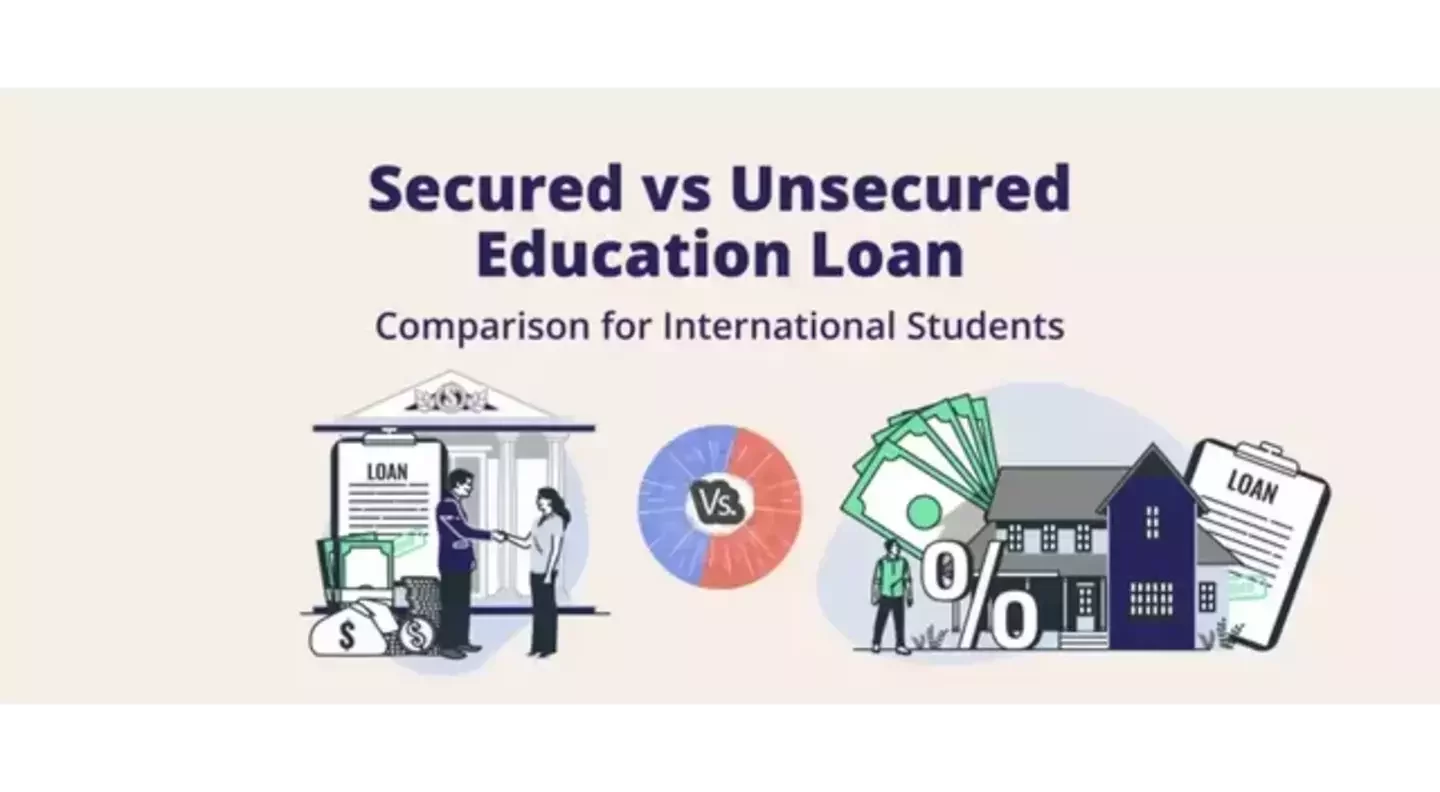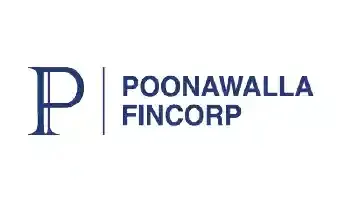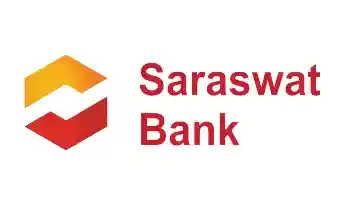Get instant loan offer suitable to your profile !


On this Page:
Confused between secured and unsecured education loans? Learn the key differences, benefits, and which option suits your study abroad needs. Explore insights now!
The surge in the number of students studying abroad has been remarkable, with a 68% increase from 444,553 students in 2021 to 750,365 students in 2022. This rise can be attributed to the exposure and career opportunities that studying at international universities can offer. However, pursuing education abroad comes with a hefty price tag that may be challenging for many students to afford. In such circumstances, education loans for studying abroad serve as a lifeline. Having a comprehensive understanding of the loan process and its various aspects is crucial to ensure that you make informed decisions. Since an education loan is a long-term commitment, knowing these products can significantly influence your future financial aspirations. The first step towards understanding it is knowing the types of education loans for abroad studies.

Education loans for studying abroad are commonly classified into two categories based on the security provided by the applicant. While most lenders offer both types of loans, certain lenders may specialize in one type over the other, depending on the specific loan category. They are -


A secured education loan, also known as a loan with collateral, asks the applicant to pledge collateral. For education loans exceeding a certain amount, such as INR 7.5 Lakhs, lenders like public banks (UBI, and more) require collateral as security. These secured education loans have lower interest rates and are comparatively easier to obtain due to the reduced risk for the bank.




Borrowers can basically pledge two types of collateral when applying for a secured education loan. They are as follows:


Did you know that UBI is the only public-sector bank that may accept Gram Panchayat property in some cases for abroad education loan?
Advantages of Secured Education Loan:
There are several advantages of taking a secured education loan.





Unsecured education loan or loan without collateral provide a financing solution for students who do not have collateral to pledge. However, it is important to note that unsecured education loans typically have higher interest rates compared to secured loans and may be more challenging to obtain approval for.
Unlike secured loans, unsecured education loans have a shorter repayment period and often require partial repayments to be made during the study period. Additionally, these loans typically mandate a minimum co-applicant income, ensuring a reliable source of repayment as collateral security is absent. The loan sanctioning decision is often based on the co-applicant's income and CIBIL score.
Advantages of Unsecured Education Loans
A few of the advantages of unsecured education loans are -




To understand the basic difference between secured and unsecured education loans a comparative table has been presented below:
| Basis of difference | Secured education loan | Unsecured education loan |
|---|---|---|
|
Requirement of collateral |
Property or fixed deposit, as security for the loan |
Does not require collateral, but may require a financial co-applicant |
|
Loan amount |
Generally higher depending on the value of the collateral |
Lower compared to loans with collateral |
|
Interest rates may be low due to the security pledged |
Interest rates may be high due absence of security |
|
|
Eligibility criteria |
Relaxed as the collateral serves as security |
Stringent as the lender has to rely on the borrower's creditworthiness and co-applicants financial stability |
|
Loan processing time |
More due to documentation, property valuation, and more. |
Less due to relaxed requirements |

Both types of study loans have their merits and drawbacks. That said, if you have suitable collateral, secured loans are a safer and better alternative because they charge a lesser interest rate, which saves money in the long run. The loan quantum can get as much as INR 1.5 Crore as a loan. You cannot get such a high amount of loan without collateral property. On the other hand, the loan amount that is required is less like up to 50 Lakhs but if you do not have collateral to pledge then in this case going for an unsecured education loan will be better. Having a proper budgeting process will help you to make the repayment effectively.

There are broadly 3 categories of lenders available that borrowers can choose from when planning to take an education loan. These lenders include private and public banks, NBFCs, and international lenders.
Lender providing secured abroad education loan:
Lenders providing unsecured abroad education loan:







Lenders providing unsecured abroad education loan (without co-applicant):


A comparative analysis has been done between different types of lenders that give secured and unsecured education loans.
| Criteria | PSB | Private Banks | NBFCs | International Lenders |
|---|---|---|---|---|
|
Best known for |
Secured loans |
Unsecured and secured loans |
Unsecured loans |
Unsecured without co-applicant loans |
|
Popular choices |
SBI, UBI, and BOB |
Axis, ICICI, and IDFC |
HDFC Credila, Avanse, InCred. And Auxilo |
MPOWER and Prodigy |
|
Rate of Interest |
Starting at 9.8% |
Starting at 10.85% |
Starting at 11.25% |
Starting at 11.00% |
|
Maximum loan amount |
1.5 Cr INR |
50 Lakhs INR |
75 Lakhs INR |
100,000 USD |
|
10% - 15% |
0 - 10% |
Nil |
Nil |
|
|
Repayment tenure |
Up to 15 years |
Up to 15 years |
Up to 20 years |
Up to 15 years |
|
Repayment options |
Free or SI |
PSI, SI or EMI |
SI or EMI |
SI |
|
Processing time |
10 - 15 days |
5 - 7 days |
5 - 7 days |
5 - 7 days |
|
Financial co-applicant required |
No |
Yes |
Yes |
No |
|
Yes |
Yes |
Only HDFC Credila |
No |
SI - Simple Interest, PSI - Partial Simple Interest, EMI - Equated Monthly Installment

Now, choosing the best lender can be challenging as it depends on your specific requirements. Let's explore the process using situational examples.





Securing an education loan can be a straightforward process if approached correctly and through the right channels. For a smooth loan application experience, it is advisable to begin around 4 to 6 months before your desired enrollment date. However, managing this process independently and dealing with multiple lenders can prove to be challenging. Fortunately, GyanDhan offers a simplified solution for obtaining an education loan, making the entire process easier. The following steps outline how GyanDhan can assist you in securing an international education loan with ease.
Step 1: Assess your eligibility for an education loan on GyanDhan's platform.
Step 2: Connect with a dedicated loan expert who will guide you through the application process and recommend suitable lenders.
Step 3: Receive a customized document checklist to simplify the document arrangement process.
Step 4: Submit the required documents either in hard copy or soft copy as per the lender's instructions.
Step 5: Await verification, typically taking 7 to 15 days. Once approved, sign the agreement letter and track progress on GyanDhan's user dashboard.
Step 6: Initiate disbursement following the lender's procedures, with funds directly deposited into your account or disbursed to the university by international lenders.
Now that you have gained a comprehensive understanding of the different types of loans and the variety of lending options available, you can confidently choose the best education loan for your abroad studies. However, if you still have any doubts or prefer a hassle-free process, GyanDhan is here to help. Simply reach out to us, and our team will handle the entire loan application process on your behalf. With our expertise and guidance, you can ensure a smooth and seamless experience in obtaining the right education loan for your international education journey. Contact GyanDhan today and let us simplify the process for you. Check your eligibility now.

Secured loans are those types of loans in which you will be required to pledge collateral while unsecured education loans are those in which you do not need to pledge collateral but need a financial co-applicant in most cases.
No, you can get both - secured and unsecured education loans to study abroad. There are several lenders available in the Indian financial marketplace that can give you an education loan of up to 75 Lakhs INR without collateral. All you gotta have is a financial co-applicant that meets the minimum eligibility criteria.
It is hard to choose one because the ultimate decision depends on individual requirements and needs. But it is recommended that in case you have collateral to pledge then you should go for a secured education loan. The main reason behind it is that you can approach public sector banks easily with secured education loans that have lower interest rates as compared to any other lenders.
Yes, UBI is one of the lenders that can accept Gram Panchayat Property as collateral in some of cases which depends on the bank itself.
It is recommended that your first choice should be Public Sector Banks like SBI or UBI in case you have collateral to pledge. In case you do not have collateral to pledge then you can move to private banks like ICICI Bank, IDFC FIRST Bank, and more. The next in the list of preferences should be NBFCs like HDFC Credila, and Avanse, and if in case you are not eligible for both of these types of lenders then you can start your loan application process with international lenders like MPOWER Financing or Prodigy Finance.
Both types of loans are easy to obtain with GyanDhan but if a differentiating point needs to be mentioned then it can be said that unsecured education loans take less processing time. This is because when you pledge collateral a few additional steps and a verification process need to be done by lenders that require a few extra days.
You can get tax benefits when you apply for an education loan. In the case of public sector banks, you can get tax benefits under section 80e and the same is eligible in the case of private banks as well. But when it comes to NBFCs then only HDFC Credila can provide you with tax benefits. International lenders are not eligible for any kind of tax benefits.
If an individual fails to repay an unsecured education loan, they are placed on the defaulter list, which can have a negative impact on their CIBIL score, leading to difficulties in obtaining future loans. Additionally, based on legislation, other legal actions can be taken against that individual.
If you are seeking an unsecured education loan, you can obtain it from -
 Private Banks - ICICI Bank, Axis Bank, and IDFC FIRST Bank
Private Banks - ICICI Bank, Axis Bank, and IDFC FIRST Bank
 NBFCs - HDFC Credila, Avanse, InCred, Auxilo
NBFCs - HDFC Credila, Avanse, InCred, Auxilo
 International Lender - MPOWER Financing and Prodigy Finance
International Lender - MPOWER Financing and Prodigy Finance
Check Your Education Loan Eligibility

Ask from a community of 10K+ peers, alumni and experts
Trending Blogs
Similar Blogs

Network with a community of curious students, just like you
Join our community to make connections, find answers and future roommates.. Join our CommunityCountry-Wise Loans
Best Lenders for Education Loan

ICICI Bank

Axis Bank

Union Bank

Prodigy

Auxilo

Credila

IDFC

InCred

MPower

Avanse

SBI

BOB

Poonawalla

Saraswat